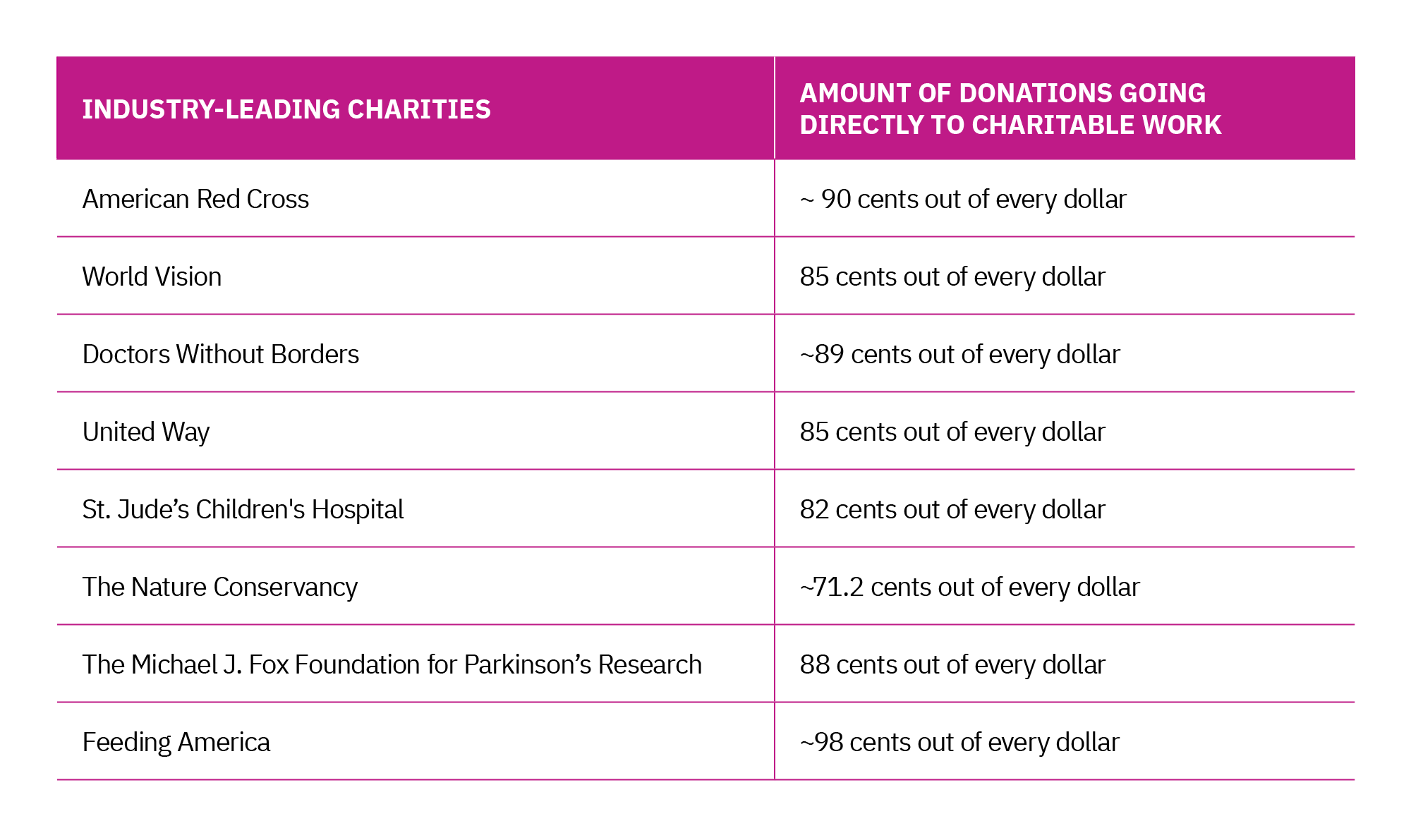Ready to learn more?

Home » Insights » Personal Finance » From Hurricanes to Wildfires: The Power of Charitable Giving
Alexis Kibbe, CFP®
Financial Planner
If you make charitable donations when natural disasters strike, learn how to help maximize the impact of your support.

The rising frequency of natural disasters – hurricanes, wildfires, earthquakes, and disease outbreaks – has brought immense challenges worldwide. Recent events such as Hurricane Helene and the devastating Los Angeles wildfires underscore the profound human and economic toll these disasters leave behind. For individuals looking to support affected communities and make a difference, the question is not whether to give but how to do so effectively.
Strategic giving can help maximize the impact of your support, ensuring that aid reaches those in need while promoting long-term recovery and resilience. Here are the five essential strategies to consider when contributing to disaster relief efforts:
The phases of disaster philanthropy
Understanding the phases of disaster recovery can help you align contributions with specific needs:
Lessons from recent disasters
The aftermath of Hurricane Helene highlighted the importance of unrestricted funding for immediate response, while the Los Angeles wildfires demonstrated the value of local partnerships in addressing specific community needs. These disasters serve as reminders that effective philanthropy requires careful planning and a willingness to adapt as needs evolve.
Natural disasters are unpredictable, but thoughtful philanthropy can help mitigate their impact and support communities in rebuilding stronger. Whether donating to a trusted global organization or a local nonprofit, your contributions can help make a meaningful difference when strategically planned. Global organizations like the Red Cross and Doctors Without Borders provide critical support during crises. However, partnering with local initiatives can ensure resources are directed where they’re needed most. Giving unrestricted, cash funds to legitimate local organizations allows donations to align with any of the disaster recovery phases mentioned previously.
By taking the long view, vetting organizations, and focusing on unrestricted funding, you can help ensure your support not only addresses immediate needs but also paves the way for resilience and recovery.
How much of my donation will go directly to the charity?
No charity can have 100% of donations go directly to the charitable work. Some administration costs, known as “overhead”, are normal, but be careful about charities with hidden financials. Here are some of the most prominent charities and how much of the organization’s donations go directly to charity:
 Source: Cooper, M.A.S., B.S., Megan. “Discover What Percentage of Your Donations Go to Charity.” Love to Know, 2 November 2023.
Source: Cooper, M.A.S., B.S., Megan. “Discover What Percentage of Your Donations Go to Charity.” Love to Know, 2 November 2023.
Your money can help make a difference, which is why it’s important to be aware of a charity’s spending before you donate. Make every dollar count by checking out potential charities and considering the different questions to ask. By giving strategically, you’ll be able to pick the right organizations and confidently donate to the causes that are most important to you.
Learn more about the benefits of charity beyond kindness, the differences between a private family foundation and a donor-advised fund, and how a holistic wealth strategy can help stretch your generosity. Not a client? Let’s talk.
1 Schwab.com. “Dafgiving360TM.” Schwab Brokerage. Accessed 22 January 2025.
Mercer Advisors Inc. is a parent company of Mercer Global Advisors Inc. and is not involved with investment services. Mercer Global Advisors Inc. (“Mercer Advisors”) is registered as an investment advisor with the SEC. The firm only transacts business in states where it is properly registered or is excluded or exempted from registration requirements.
All expressions of opinion reflect the judgment of the author as of the date of publication and are subject to change. Some of the research and ratings shown in this presentation come from third parties that are not affiliated with Mercer Advisors. The information is believed to be accurate but is not guaranteed or warranted by Mercer Advisors. Content, research, tools and stock or option symbols are for educational and illustrative purposes only and do not imply a recommendation or solicitation to buy or sell a particular security or to engage in any particular investment strategy. For financial planning advice specific to your circumstances, talk to a qualified professional at Mercer Advisors.
The services and third-party links are presented for information and educational purposes only. Mercer Global Advisors Inc.is not affiliated with, does not guarantee nor does it endorse any of the applications or services mentioned in this article. Utilizing the services and subscriptions mentioned above are at the total discretion of the individual and are not included with any service or fee offered through Mercer Global Advisors Inc.
Certified Financial Planner Board of Standards, Inc. (CFP Board) owns the CFP® certification mark, the CERTIFIED FINANCIAL PLANNER™ certification mark, and the CFP® certification mark (with plaque design) logo in the United States, which it authorizes use of by individuals who successfully complete CFP Board’s initial and ongoing certification requirements.
